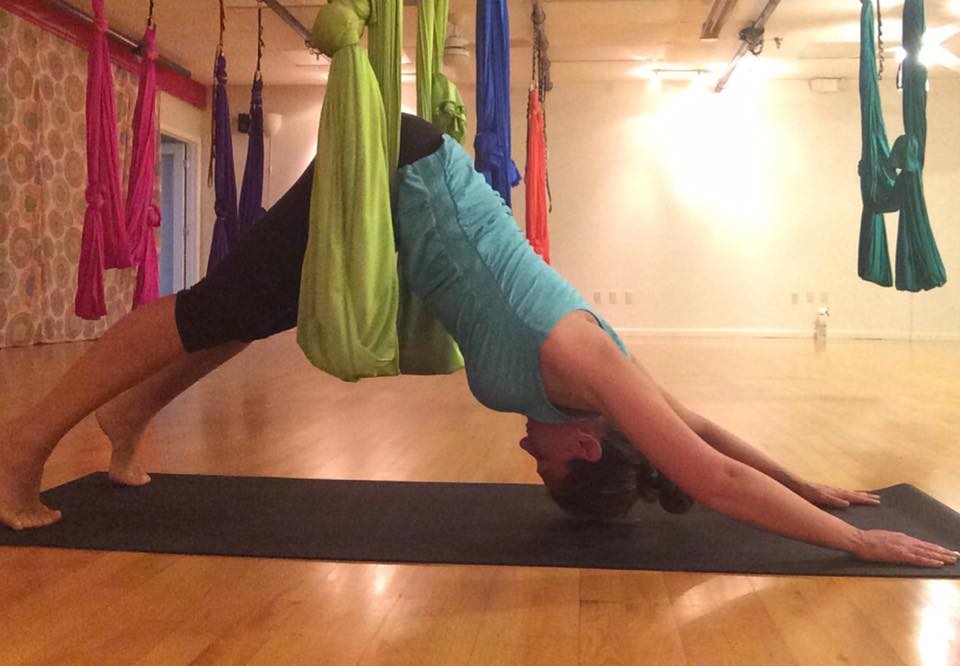I get asked all the time what I think about Yoga. Do I think it’s safe, and should they (the patient), start a Yoga program?
My answer is that Yoga has been around for thousands of years and it can be very effective in helping prevent injury, improve balance, and reduce stress. Then I drop the “other shoe” on them…
The “other shoe” is that the most important aspect of learning and practicing Yoga is the quality of the Yoga instructor that they choose. They must choose a great instructor. A good Yoga instructor knows, and can perform, all the Yoga poses for that form of Yoga. A great Yoga instructor will also know and be able to perform all the Yoga poses for that form of Yoga but what makes the instructor great, is their ability to show and help you perform the poses at your speed and ability level without making you feel self-conscious, and also without allowing you to hurt yourself.
There are many forms of Yoga available today. You should spend a little time studying each form before you commit to one form over another. You should go to a couple of the Yoga studios near where you live or work and speak to one or two of the Yoga instructors. Better yet, ask if you can observe a class (or even just a couple of minutes of one). After talking to a couple of Yoga instructors and observing a couple of classes, then make the decision of which class and instructor to learn from. Remember, you are the student seeking knowledge. Therefore feel free at any time to drop the class or even the studio and go elsewhere until you’re satisfied.
Remember, always use caution. If you’re going to be performing Yoga in a heated studio (hot Yoga), consider that it might be advantageous to wait until you are better conditioned or know the poses and routine
s better. Hot Yoga can be dangerous to untrained individuals and p
eople do pass out from overheating and dehydration during these classes. Also, be aware that there are some poses that put either an unnatural strain or an unnatural rotation on the spine. These include headstands and forceful bending and twisting of the back. These types of moves should be avoided if you have any spinal pain.
So here is a quick list of things to look for when choosing your Yoga instructor:
- No forceful adjustments of poses
- Does not push you past your capability
- Avoid hot yoga when you first start out and until you are better conditioned
- Avoid headstands and forceful bending and twisting of the spine
- Remember that PAIN is a signal that something is wrong in the body
- Enjoy yourself
Just remember that you know your capabilities better than anyone else. Yoga is just like any other physical activity. It takes time and practice to condition yourself to be able to perform and master the actual poses. If you go slow, pay careful attention to the signals your body sends to your mind and master the poses, you might be amazed at the increases you get in movement, balance, muscle and skin tone, and your general overall well being brought on by the decreases in chronic pain levels.





1 Comment
Michele DiPetrillo
April 1, 2016Great article. As a yoga instructor I would also really encourage people to listen to their own voices inside of their head above anything that their teacher may be telling them. As teachers, we are there as guides, not dictators. If your body is sending you a signal such as a sharp pain, listen to it and back off of whatever you are doing. Also resist the temptation to compare yourself to other students in the class. This may be your first week, and they may have to practicing for 20 years. You just don’t know so that’s a very dangerous thought process to have while in class. Yoga is about turning inward and connecting to you and listening to your own body. Only you will know what your body is capable of and what it is not. Honor that.